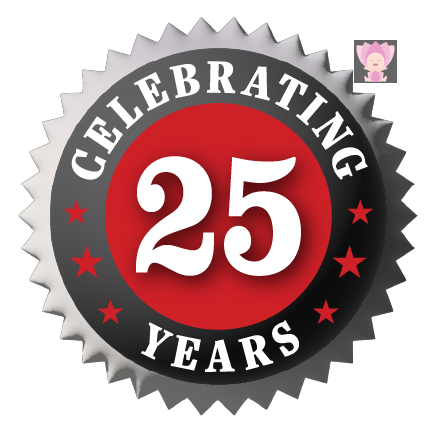“The Needless, Pointless Battle Between Routine and Spontaneity”

I remember the time I set out to create the perfect routine that I vowed to follow for the rest of my life – an unusual endeavor for me, given that I had rejected countless routines like they were my mortal enemy. I believed in spontaneity and had feared that routines would doom me to a monotonous life.
But the truth is, even as a free spirit, I knew that I desperately needed some semblance of order to function. It was a hard pill to swallow; routines promise productivity and stability, and I knew that not following any routines triggered my anxiety and other quirks.
So, armed with advice from books and blogs, I was sure I’d come up with the secret formula to get into a routine: It was all or nothing.
Trying – and Failing – to Get the Perfect Routine
The so-called perfect morning routine described in many self-help books usually involves waking up at the crack of dawn, meditating like a Zen master, jogging like Usain Bolt, and whipping up a wholesome breakfast.
Easy peasy to implement, right? Not really. My mornings looked more like live-action cartoons. I would set multiple alarms to wake up, but I also was a gold medalist in hitting the snooze button.
[Get This Free Download: The Daily Routine that Works for Adults with ADHD]
Every time I tried to meditate, the DJ in my mind would come on and play random songs from the ’00s. And jogging? More like a speedy walk… to the coffee maker. Often, my first meal of the day was dinner.
It goes without saying that I failed miserably to follow all parts of this “perfect” routine. I was harsh on myself for failing. Then again, I suspected that I would quickly become bored and restless with any schedule I managed to keep. There was no winning; I thought I was destined to never have a routine.
How I Finally Got Into a Routine
In my defense, I had no idea that I had ADHD at the time. The materials I consulted then on crafting routines were written for the normal folks (i.e., neurotypical people). As I learned more about the reasons behind my exasperating (and sometimes hilarious) relationship with routines, my mission shifted.
I realized that a lot of it came down to actually scheduling spontaneity. I now set timers for focused work periods and I schedule short breaks in between to let my mind wander. These breaks often lead to new and exciting ideas. I also use apps like Structured, Toggl, and iOS Focus to help me gradually transition to and from focus mode and free time.
[Read: “What Is Your Most Reliable, Helpful Daily Routine?”]
Loosening my black-and-white mentality around doing things the right way also helped me skip the snooze button, which had been my kryptonite for years. No matter how many alarms I set, my tired ADHD brain would plead, “Just five more minutes!”
A gentle wake-up routine was the answer. I completely replaced the old blaring alarms with sunlight. Yes, you read that right – I gave up on conventional alarms. And no, I’m not waking up late. The outcome is just the opposite. I used to struggle to get up at 8 a.m. with an alarm. Now, I wake up at 6 a.m., without an alarm, feeling fully rested and alert.
The battle between routine and spontaneity, I learned, doesn’t have to be a battle at all. My need for structure and love for the unexpected can coexist – it never had to be one or the other. Achieving order, I also know now, is only possible on my terms, not anyone else’s.
How to Get Into a Routine: Next Steps
 CELEBRATING 25 YEARS OF ADDITUDE
CELEBRATING 25 YEARS OF ADDITUDE
Since 1998, ADDitude has worked to provide ADHD education and guidance through webinars, newsletters, community engagement, and its groundbreaking magazine. To support ADDitude’s mission, please consider subscribing. Your readership and support help make our content and outreach possible. Thank you.
















Leave a comment